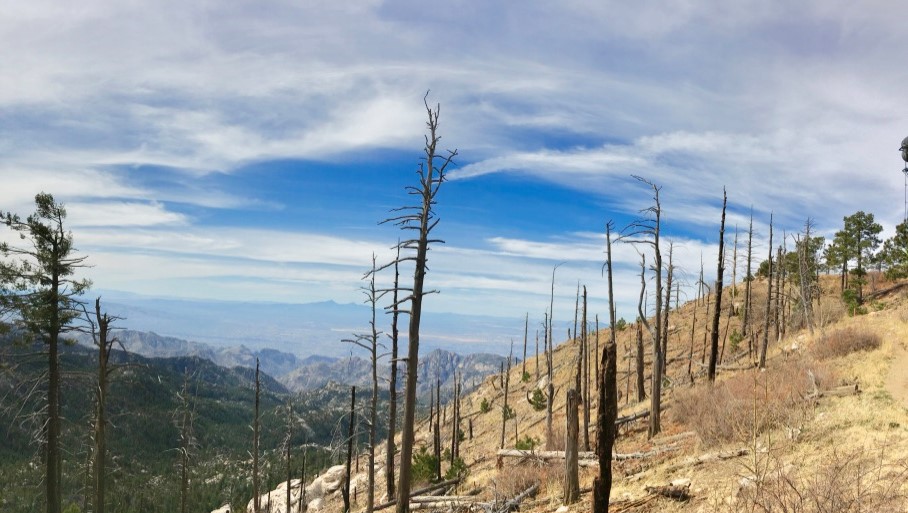
Humans have been tampering with their crops since the beginning of agriculture. Some factors influence this tampering, but there has remained a constant throughout history: We want to cultivate more food than we can individually tend to. Many industries have made our lives easier due to production and distribution on a large scale, for instance Vehicle manufacturers, Wholesale/retail medical suppliers and Clothing manufacturers. Farming however, impacts our livelihood and environment directly. Let’s unpack the pros and cons of this fascinating industry.
Large-scale farming is an agricultural system that works within many parameters to maximize profits and yield at the possible cost of environmental concerns. However, much of the world would be left hungry or malnourished without large-scale farming practices due to the lack of crop diversity in small farms. This article will explore three specific challenges associated with large-scale farming and three benefits for both farmers and consumers alike.
Humans are exploiting soil by relying on synthetic fertilizers, which drain vital nutrients from it.
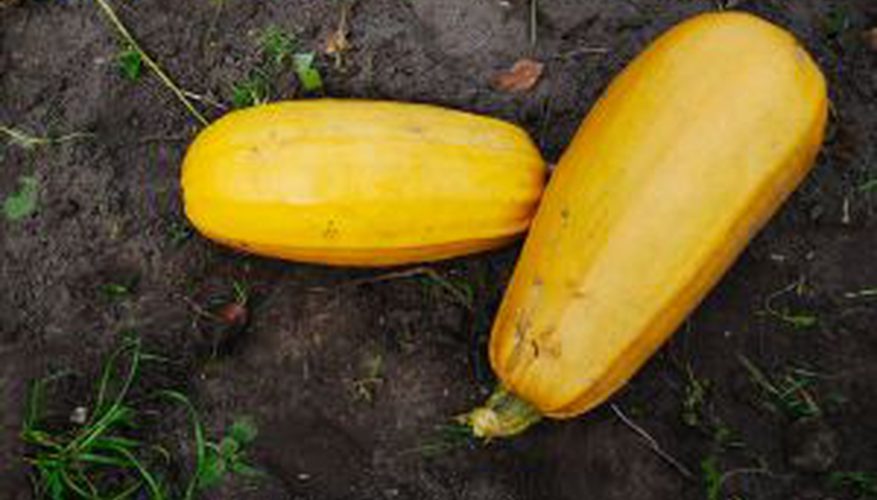
While there are several benefits to large-scale farming, there can also be a lot of setbacks. One of the biggest challenges is human activity in the form of monoculture, which is primarily responsible for damage to soil health. Monoculture is a system that essentially specializes in growing one crop repeatedly on the same fields year by year. This process does work because it provides consistency when producing high yields, but this style of farming lacks biodiversity.
Biodiversity allows plants and soil to thrive and stay healthy. Studies show that it only takes about three years (a single growing season) for depleted soils to lose nearly all microbiological activity —that means no microbial decomposers breaking down organic residues into nutrients plants can use. When plants can’t absorb necessary nutrients, that means they can’t grow properly. Thus, the yield is lower per acre.
Humans exploit soil by introducing monoculture farming, damaging soil health, and reduced yields per acre.

A solution to this problem of decreased yield is adding more synthetic fertilizers than the soil needs to try and make up for the loss in nutrients over time. However, when too many chemicals are added, these fertilizers can become toxic to both people and animals. This toxicity can lead to contamination of groundwater with nitrates (which causes methemoglobinemia, or “blue baby syndrome”) or contamination of crops with heavy metals like mercury (which causes Minamata disease ). These problems arise from agricultural runoff, which flows from farmland after it rains, or irrigation. These fertilizers and chemicals can build up in groundwater and small bodies of water, leading to a severe threat to the environment.
Too many synthetic fertilizers added throughout the years have turned large-scale farming toxic.
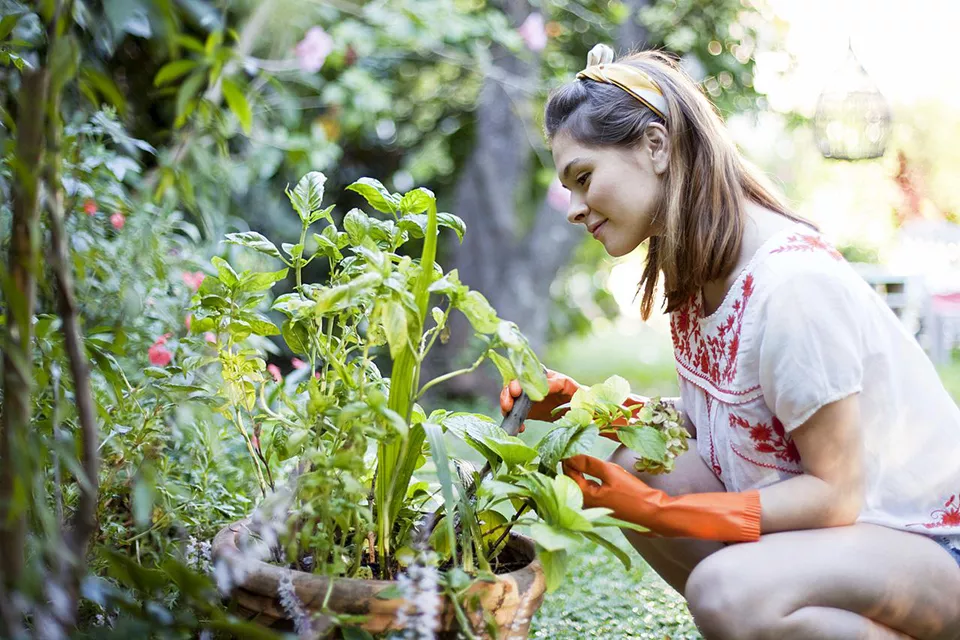
The solution? Sustainable agriculture practices need to replace monoculture techniques. This would reduce resource competition among plants and introduce biodiversity into the soil through crop rotation and planting nitrogen-fixing legumes. In this sustainable farming method, grounds stay healthier due to more organic matter being introduced from crop residues. This leads to more excellent nutrient retention, increased microbial activity, and increased water infiltration. On top of all those benefits, the amount of synthetic fertilizers required is reduced, resulting in less agricultural runoff.
The solution to this problem would be adopting sustainable farming methods so that crops no longer compete for resources and the soil health remains healthy.
Another challenge with large-scale agriculture is how it affects our food supply.
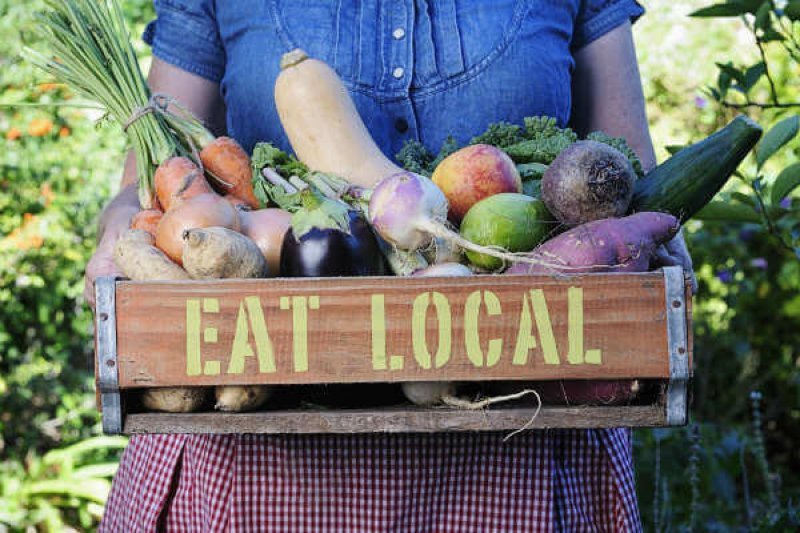
This issue doesn’t just impact humans but also affects animal populations. Industrial livestock facilities are another example of monoculture in action. They rely on growing one type of animal, which requires consistent feed input not to experience a decline in production. They typically only house livestock because keeping multiple types of livestock in one place would require additional labour, feed inputs, and living space. The problem is that these facilities are not economically sustainable because they provide lower income to farmers than traditional farming techniques. This is why the prices for meat at the grocery store seem so low. Without these farms that focus primarily on yield, there wouldn’t be enough food to feed all 7 billion people worldwide.
Though industrial livestock farms are another form of monoculture that only houses one type of animal, this allows for low costs to consumers at the grocery store.
This has led to a significant decrease in family-owned farm operations throughout the U.S. This seriously impacts rural communities because once farmers move away from their hometowns, those areas lose an essential source of income and community members who contribute to society through volunteer work or donations. On top of this, industrialized farming is only sustainable because of generous federal subsidies provided by the USDA. Frankly, without government subsidies, we wouldn’t have so much cheap food in America.
The solution to this problem would be subsidizing farmers to transition to sustainable practices and continue having products available at a lower cost.
There would not be enough food in the world if it were not for large-scale agriculture that allows for economies of scale.
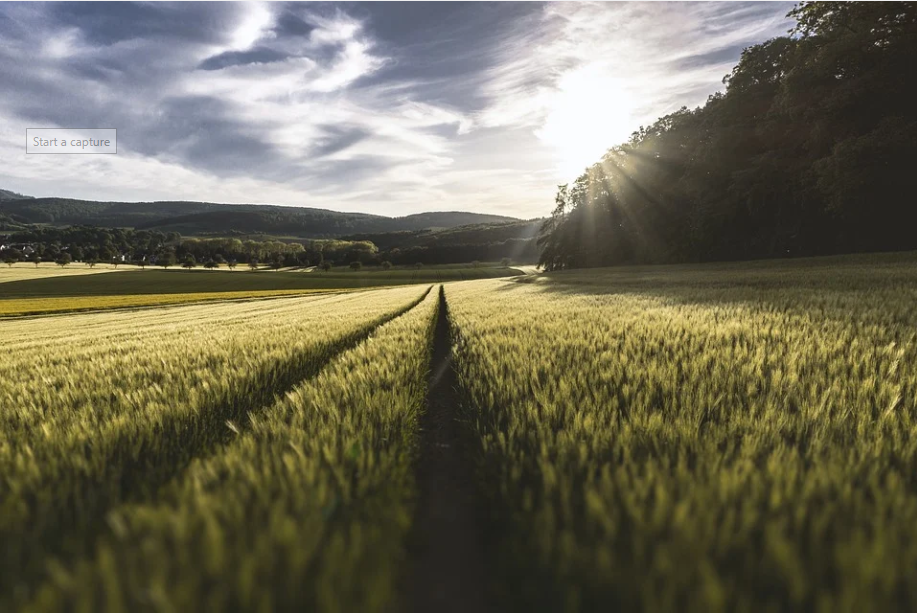
Due to inexpensive production costs, monoculture farms are used to allow the consumer to purchase goods such as meat and produce at lower prices than what you’d pay at a farmer’s market. These types of farms benefit both producers and consumers, but they also come with challenges. To reduce the negative environmental impacts associated with these types of farms, producers would have to adopt sustainable practices to continue being profitable.
For large-scale monoculture farms to be environmentally friendly, they must switch to sustainable farming practices to remain profitable.
This will decrease the number of chemical fertilizers and pesticides used, but it will also increase costs, so farmers may not profit as much from their products. However, this is a necessary step if we want to protect our environment. These farms are good because they allow us access to inexpensive goods at the grocery store, but they aren’t without issues. When thinking about where food comes from and how it affects the environment, consumers should be more environmentally conscious about buying food.
Overall, monoculture farms are both beneficial and challenging; however, using sustainable practices is key to maintaining a healthy food supply for the world.




